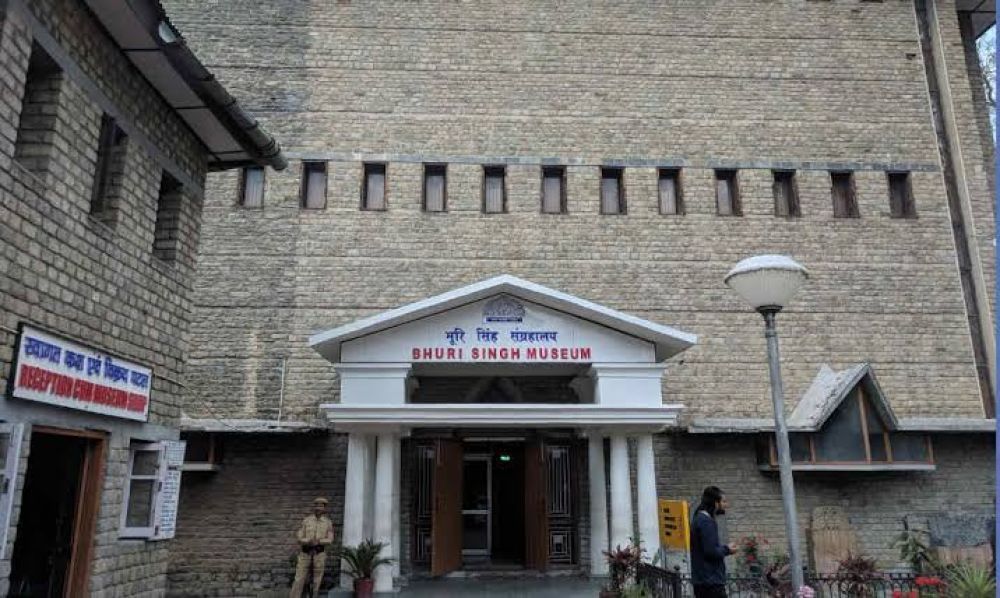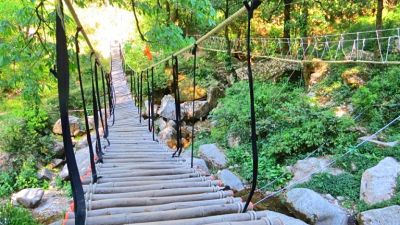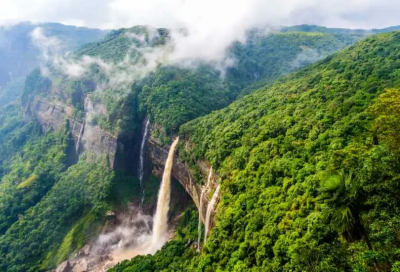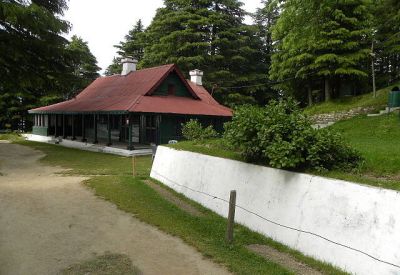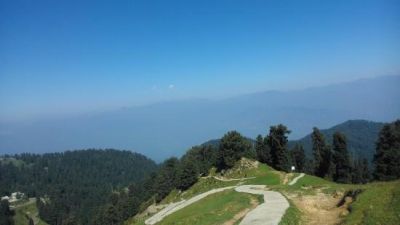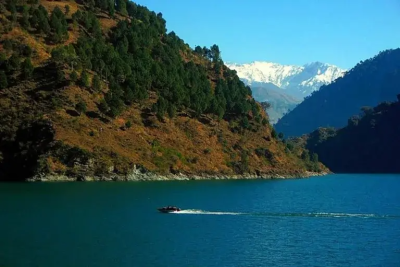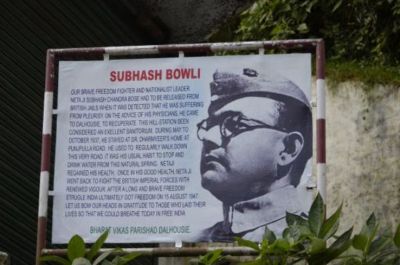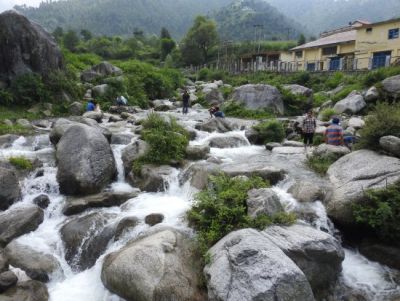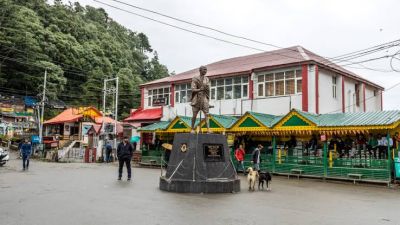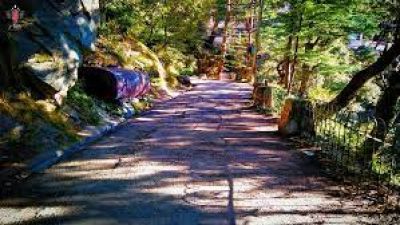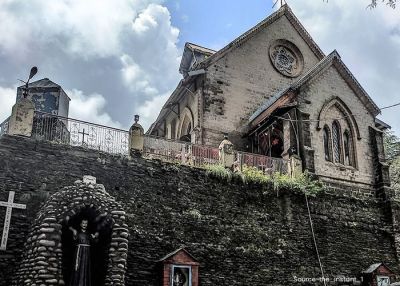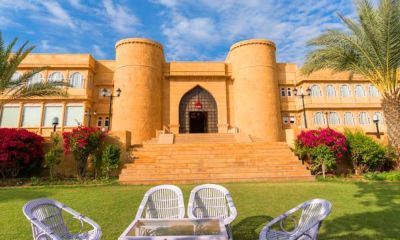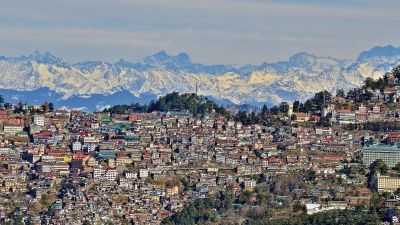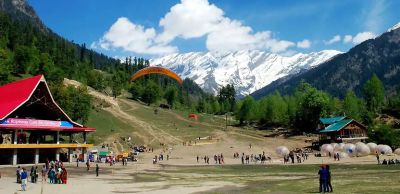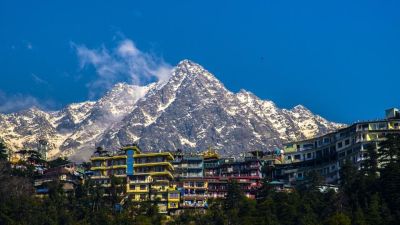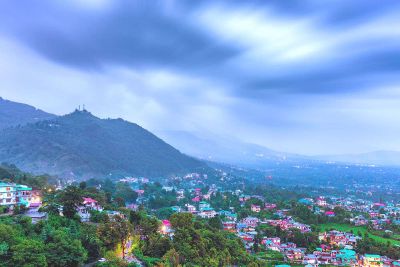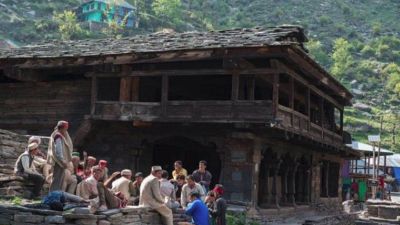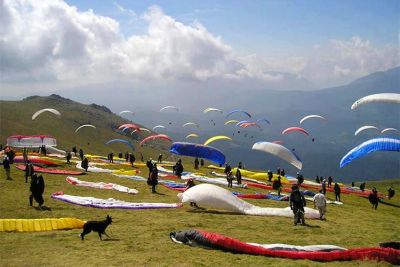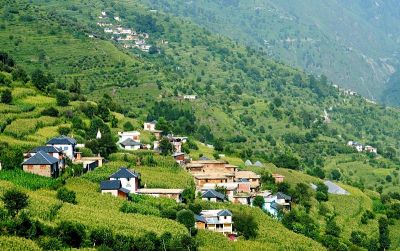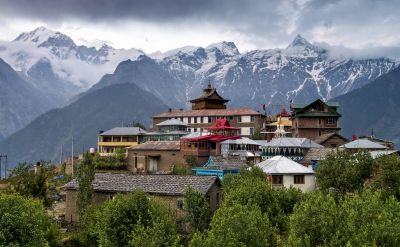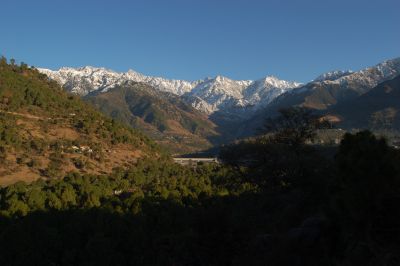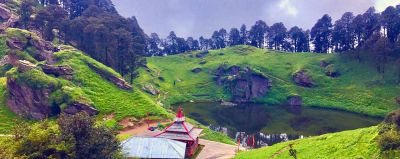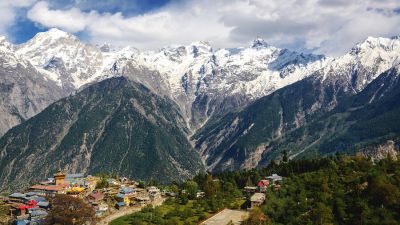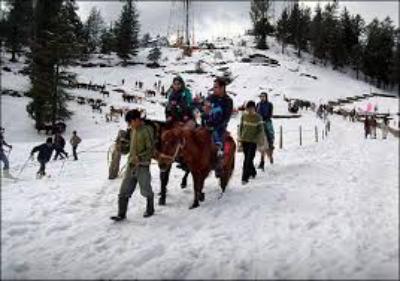History of Bhuri Singh Museum
The Bhuri Singh Museum in Dalhousie, Himachal Pradesh, is named after the erstwhile ruler of the princely state of Chamba, Raja Bhuri Singh. Established in 1908, the museum serves as a repository of the rich cultural heritage and history of Chamba. Originally intended to house the inscriptions, family portraits of the ruling house of Chamba, and artifacts that Raja Bhuri Singh donated, the museum has since become an essential destination for those interested in the region's history and art forms.
Housing a vast collection of artifacts, the Bhuri Singh Museum showcases miniature paintings, textiles, manuscripts, and various other items that give insight into the lifestyle and artistic endeavors of the people of Chamba. The collection also includes copper plates and murals from Rang Mahal Palace, which notably emphasize the region's unique Pahari painting style.
The Role of Bhuri Singh Museum in Tourism
The museum has played a pivotal role in putting Dalhousie and the Chamba region on the tourism map, primarily attracting tourists who are enthusiasts of history and art. The detailed exhibits tell stories of the past, which enhance the visitor's comprehension of the local culture and traditions. The museum's strategic location in Dalhousie, a well-known hill station, complements its attraction with scenic vistas and colonial-era architecture that is prevalent throughout the town.
Tourism in Dalhousie, and by extension the Bhuri Singh Museum, has been buoyed by the region's natural beauty and serene environment. However, the museum holds its unique charm for those looking to delve deeper into the rich tapestry of Himachal Pradesh's history.
Latest Tourism Trends in Dalhousie and the Impact on Bhuri Singh Museum
The latest trends in tourism within Dalhousie have leaned towards sustainable and responsible tourism. Visitors are increasingly seeking experiences that are both eco-friendly and culturally enriching. This shift has highlighted attractions like the Bhuri Singh Museum, where learning about the local culture and heritage is paramount. Furthermore, advancements in digital technology have also made it possible for such institutions to reach a broader audience through virtual tours and online galleries, which have become particularly significant during times when travel is restricted.
Excursions to the Bhuri Singh Museum are now often packaged with environmental hikes, and local craft workshops, reinforcing a more holistic tourism experience. This reinforces the importance of the museum not only as a repository of the past but also as a living component of the area's cultural expression. As such, tourism in Dalhousie, and at the Bhuri Singh Museum in particular, continues to thrive while adapting to changing tourist preferences and global trends.
